This comprehensive guide will teach you the best practices for taking care of the Lamprologus Brevis fish (Neolamprologus Brevis) and ways to make more! This guide is perfect for beginners or even seasoned aquarists looking for insights or a refresher. You will enjoy reading about these delightful small cichlid species.

Introducing the Lamprologus Brevis, a distinct looking shell-dwelling Lake Tanganyika fish! This compact fish is a top contender among aquarists who appreciate unique species and those that can thrive nano aquariums.
They are known for their eccentric behavior and adaptability in the tanks! By following this Shelldweller cichlid guide, you will be on your way to knowing even more from this Lamprologus Brevis care overview.
Recognizing the Unique Appearance of Lamprologus Brevis
The Lamprologus Brevis’ appearance is as enthralled as its personality. Identifying Brevis Shelldweller fish is simple as they boast large eyes with flamboyant fins and their fan-shaped tail. This small cichlid species shows off its simply shaped body with subtle iridescent patterns.
- Color Pattern: Their soft beige or light brown tones’ intensity can be dictated by the lighting and tank conditions.
- Unique Traits: These fish are known for their strong attachment to shells, which they both use as homes and fortresses.
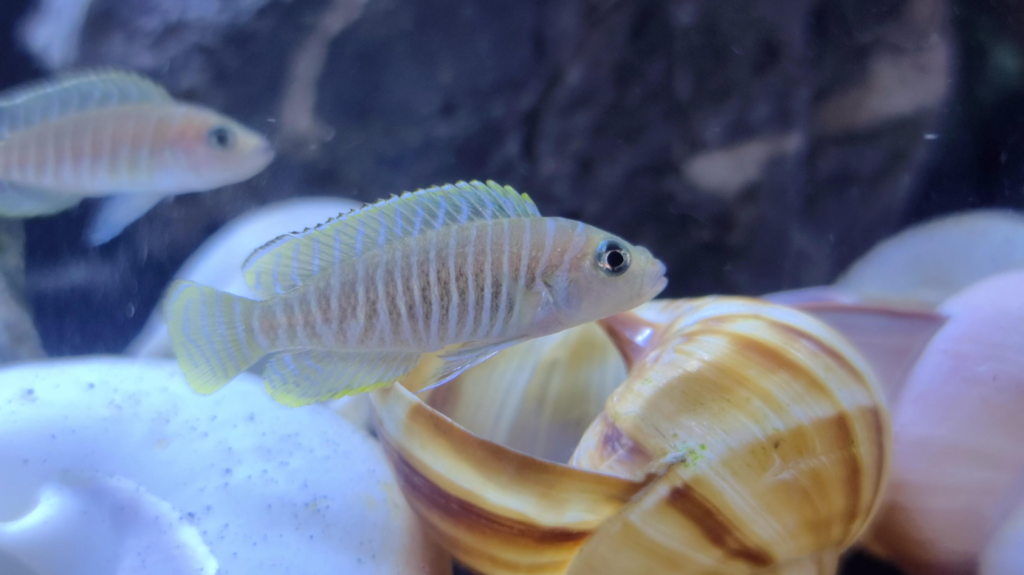
Setting Up the Perfect Tank
Creating an ideal Lamprologus Brevis tank setup is crucial for their well-being. These fish can be sensitive to changes in conditions, therefore it is imperative to maintain their water conditions test parameters frequently even when changing their tank water regularly.
Because these fish are used to living in cozy spaces as a pair, for example, inhabiting a shell, they will not require a large tank to live happily. As long as the Lake Tanganyika aquarium tank setup is riddled with essentials such as their desired substrates and of course shells, they will thrive.
- Tank Size: A minimum size of 10 gallons is recommended for pairs, but a larger tank is recommended for groups
- Water Parameters: Mimicking Lake Tanganyika aquarium conditions includes maintaining a temperature between 75-80 degrees Fahrenheit, a pH of 8.0-9.0, and hard water conditions
- Substrate and Décor: Sandy substrates with ample snail shells provide these shell-dwelling cichlids the perfect environment to flourish.
Dietary Needs and Feeding Schedule

These fish may have eyes bigger than their stomach, but their appetite remains to conquer all. Feeding Lamprologus Brevis requires understanding what their omnivorous diet should consist of.
These fish benefit from a varied cichlid diet plan with high-protein foods such as brine shrimp, daphnia, and quality micropellets. Shell-dwelling fish nutrition should include feeding small portions multiple times daily to prevent overfeeding and polluting the water.
For more on feeding your aquatic pets check out The Ultimate Guide to Fish Food: Pros and Cons & Best Choices!
Breeding Lamprologus Brevis
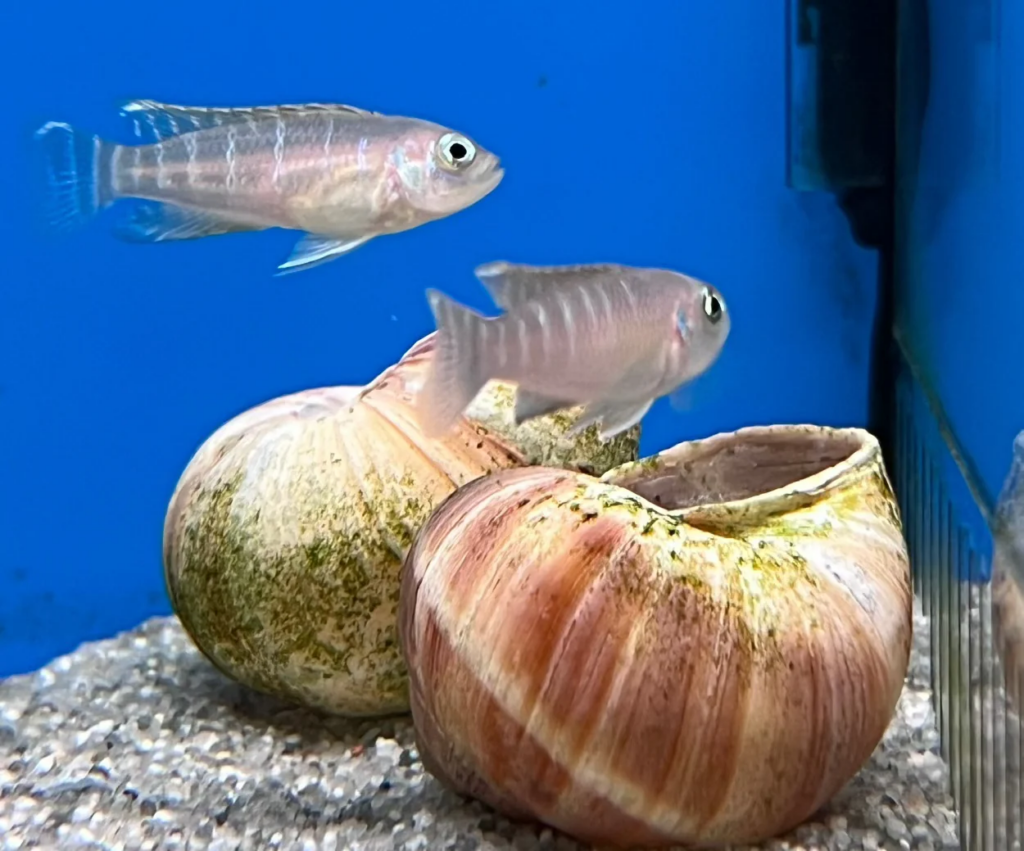
Breeding Lamprologus Brevis is a process that is intriguing due to their spawning habits, but can be simple in a home aquarium. However, their sex is difficult to identify when they are young. One tip to help sex these fish early on is by recognizing that the males will always be larger than the females.
Optimal breeding conditions include maintaining consistent water parameters as these fish require a favorable environment to breed. Additionally, providing plenty of shells in the tank is necessary because that is where they breed.
The female will find a shell she wants and will find a male to lure to breed. Ensure that the shells are spread out throughout the tank to reduce friction among the fish as they tend to be possessive over the shells.
This cichlid’s fry care consists of feeding baby brine shrimp or microworms to the fry to ensure they maintain healthy growth.
Compatible Tank Mates
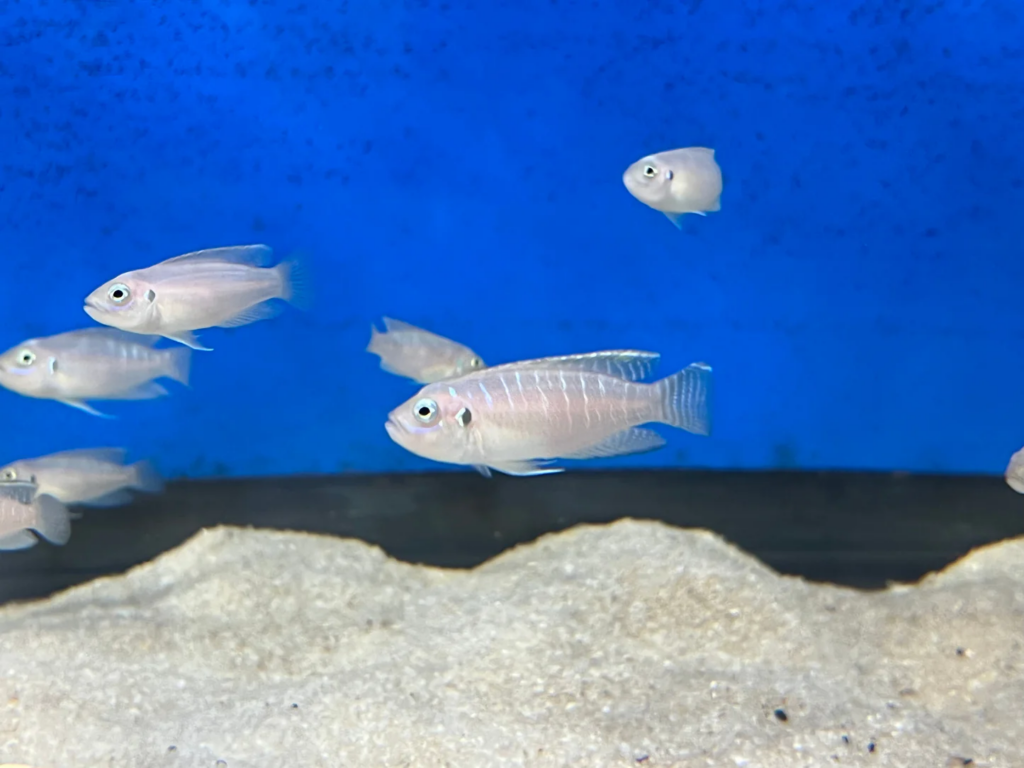
Choosing tank mates for Lamprologus Brevis requires careful consideration and research as these fish cannot live with just any species. Another reason to admire these fish as they have standards.
The most compatible cichlid companions are peaceful fish such as small Tanganyikan cichlids or Synodontis catfish (they are also shell dwellers). Avoiding larger or more aggressive species is vital because they may compete for their resources and increase the stress levels in the tank.
Preventing Health Issues
Lamprologus Brevus health care focuses on preventing cichlid diseases and common issues like stress-related illnesses and low-quality water. If you want to own these fish you cannot be lazy with their necessary routine.
Some health fish tips include regular water changes (20-30% of the water volume monthly) are needed because, over time, the tank water will become polluted due to food remnants, fecal matter and other factors. Additionally, monitoring the behavior in the tank ensures instant actionable measures can be implemented.
Ways to identify if your fish is ill would be loss of appetite. This tale-tell sign is universal in living beings and should be taken seriously if you have an indication it is happening to your fish. Another sign is abnormal swimming patterns which would require immediate attention and ruling out method to regulate the fish habitat.
Maximizing the Lifespan

These fish are pretty interesting creatures, who would not want to keep them alive for as long as possible? Well, the good news is that these fish have a longevity of about 8 years which is substantial time to spend with them.
The best way to extend your Lamprologus Brevis to reach those golden 8 years is to prioritize long-term care with stable water conditions and a balanced diet.
Regular maintenance routines as mentioned before such as changing the water to prevent over pollution, but also keeping consistent parameters are key. Not only for extending cichlid life but for the spawning of these fish also.
Conclusion
This Lamprologus Brevis care guide highlights the unique behavior and adaptability of this beginner-friendly cichlid’s care. One key metric to rely on if caring for these fish becomes vague is to aim the replication of their natural Lake Tanganyikan habitat. Providing proper care and attention will ensure you, whether a beginner or expert can enjoy having this fascinating shell-dwelling company around in your home.


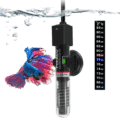
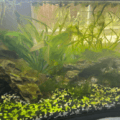
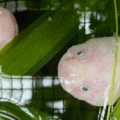
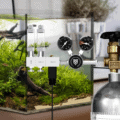
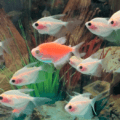
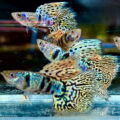
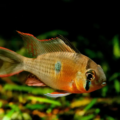
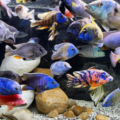

1 thought on “Lamprologus Brevis (Neolamprologus brevis): The Ultimate Shelldweller Care Guide”